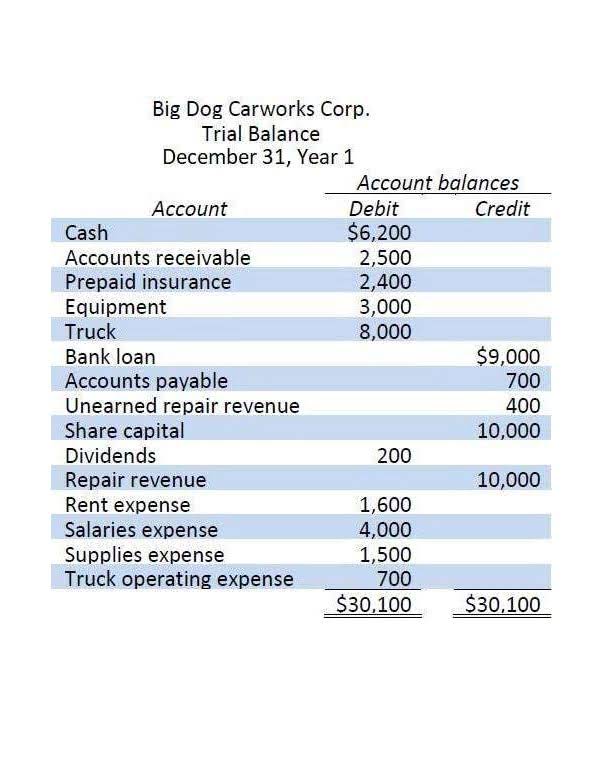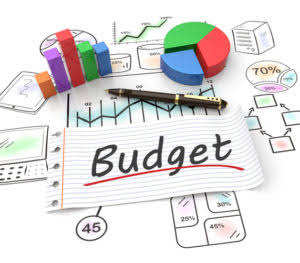
While certain advertising expenses, such as retainer fees for marketing agencies, may be fixed, additional advertising spending may vary based on promotional campaigns and initiatives. Some businesses may find that their maintenance and repair costs are a mix of fixed and variable expenses. Routine maintenance costs may be fixed, while repair expenses vary depending on the frequency and extent of equipment breakdowns.
How do period costs differ from product costs?
Discounts, returns, and allowances that affect the purchase price are also considered in this calculation. Out of the total costs, 70% were attributed to the cost of goods sold, 10% to work in progress, and 20% to finished goods inventory. The financial advisor advises them to take a loan from a recognized financial institution as they would charge a lower interest rate. It was estimated that a rate of 10% would be required to pay $5.4 million annually (simple interest rule) and which they could capitalize on in the initial year. Then in upcoming years, they need to take the interest expense to profit and loss statement. It will keep accruing, and an entity will have to bear the same without profit or revenue.

Using Period Expenses to Value Inventory
- Period costs accounting is a vital aspect of financial management for businesses.
- These costs, though different, ultimately converge in the financial statements to reflect the company’s operational efficiency and profitability.
- ABC provides a more accurate understanding of cost behavior and cost drivers, enabling businesses to make more informed decisions about pricing, product mix, and process improvement.
- These fringe benefit costs can significantly increase the direct labor hourly wage rate.
- TranZact offers a valuable resource for Indian Manufacturing SMEs needing help with period costs.
- When period costs are expensed, they appear on your income statement and diminish your net income.
Weighted-average costing combines current-period expenses with prior-period costs in the beginning inventory. Managers are unable to determine the current period expense of manufacturing the product as a result of this combination. This issue is addressed by first-in, first-out (FIFO) costing, which assumes that the first units worked on period costs include are the first units moved out of a production department. Costs that cannot be capitalized on a company’s balance sheet are referred to as period costs. In other words, they are expensed in the period in which they occur and are recorded on the income statement. In other words, period costs are expenses that are not directly related to a company’s production process, but rather are incurred over time.
Discover more from Accounting Professor.org
In general, fixed costs include fixed production overhead and administrative overhead. The fixed cost per unit of production will fluctuate inversely with output level variations. Period costs are not incurred directly with the product or are not directly responsible for product manufacturing. For example, the advertisement cost here is not part of the online gaming application. Further, it is also stated that these occur Bookstime during Indian premier league matches every year, and hence they are incurred periodically. Therefore, based on the above agreements, we can conclude that these advertisement costs should be treated as period costs, not product costs.

- Proper tracking and evaluation of these costs can help in determining the effectiveness of marketing strategies.
- Research and development (R&D) costs are another significant component of period costs.
- Variable period costs can be more challenging to predict and manage than fixed costs since they are directly tied to production levels.
- In contrast, period costs are expensed in the period in which they are incurred, regardless of when the products or services are sold.
- In conclusion, understanding how period costs are treated in financial statements is crucial for effective financial analysis.
Discover the ins and outs of 401k account securities accounts, including pros and cons, to make informed investment decisions. Period costs are categorized into different types, each with its own unique characteristics. This involves periodically assessing the carrying value of assets for impairment and adjusting depreciation estimates as needed to reflect changes in asset values or useful lives. Analyzing trends in Period Costs allows stakeholders to identify cost-saving opportunities and assess cost management effectiveness. Branding and design expenses are for branding activities, logo design, packaging design, and brand identity development to create a consistent and memorable brand image. If the amount produced increases, the fixed cost per item decreases, and vice versa.

Since period costs are deducted from revenues in the period they are incurred, any increase in these costs can lead to a decrease in net income. This, in turn, can affect a company’s tax liabilities, as lower net income typically results in lower taxable income. It is essential for businesses to monitor their period costs closely to manage their financial performance effectively.
Resources consumed to provide or maintain the organization’s capacity to produce or sell are capacity costs or supportive overheads. Standby costs will continue if the firm shuts down operations or facilities temporarily. Fixed costs remain constant for a given tenure, irrespective of the level of output. Generally, fixed cost consists contribution margin of fixed production overhead and Administration Overhead. The fixed cost per unit of output will vary inversely with changes in output level.
- Looking to streamline your business financial modeling process with a prebuilt customizable template?
- From administrative and selling expenses to marketing costs and depreciation, every Period Cost plays a role in shaping a company’s financial health.
- However, all the expenses are not related to product cost except for the cost of goods sold.
- Investing in research and development is crucial for businesses to stay ahead in today’s competitive landscape.
- Conversely, period costs encompass expenses such as administrative salaries, marketing expenses, and research and development costs.
In a service industry, period costs may include administrative staff salaries, marketing expenses, office rent, and utilities. These costs are not directly tied to the production of goods but are necessary for ongoing business operations. When businesses fail to accurately account for period costs, they may misrepresent their overall profitability. This misrepresentation can result in misguided strategic decisions, such as overestimating available resources or underestimating necessary expenditures.



